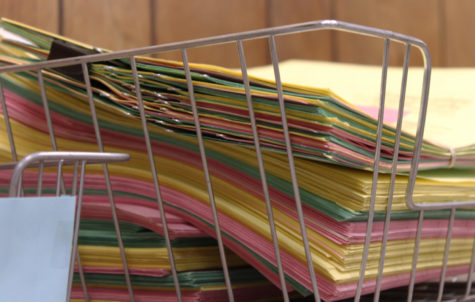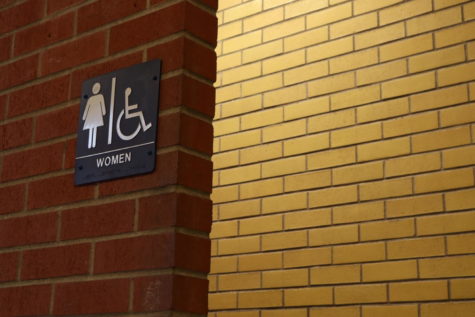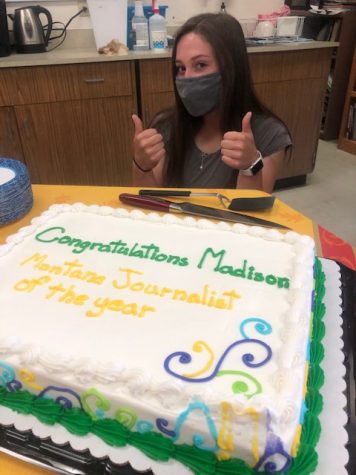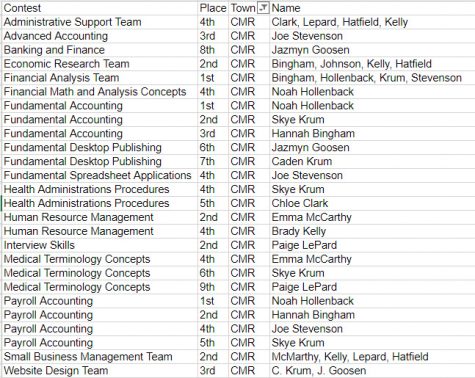Counting up attendance: Administration cracks down on truent students after tiered policy implemented
Although the attendance policy centrals around a green, yellow, and red colored zone, head attendance clerk Mary Breuer uses two different colors to describe the new policy.
“It’s black and white, and that’s what the parents wanted,” Breuer said.
Breuer said the limits of each zone allow a foolproof way of requiring students to be more responsible for their attendance.
“They know the importance of attendance,” Breuer said. “I think there would have been more skipping (this year) without it.”
Breuer said the policy has not only brought changes to how students handle their attendance, but also to the attendance office.
For instance, this year the attendance office has been more strict about students returning doctors’ notes to verify their medical absences.
“We have a lot of doctors’ notes,” she said. “We had to start a separate file.”
Another part of the policy that has infiltrated the time and attention of the attendance office is the automated calling system.
“We have Mr. Auto now so we’ve been super busy,” Breuer said.
“Mr. Auto” is a calling system that calls students’ homes to inform their parents or guardians of an unexcused absence.
According to Breuer, Mr. Auto has sent many students down to the office to clarify that they were in class, contrary to a text they received from an anxious mother.
Despite frequent hang-ups, Breuer is happy with the policy.
“I think overall I’ve seen a big difference,” she said.
Others may not be so happy with the policy, specifically the 88 students who received letters informing them their “credit was withheld in one or more classes due to excessive absences.” On the back of the letter was the number of absences from the class that the credit was being withheld and the teachers’ recommendation on if the credit should or should not be reinstated.
In total, first semester, there were 78 credits that students reinstated.
For Records Clerk Nancy Rafferty the number of credits withdrawn this semester has kept her busier than usual.
“There was definitely an upswing this year,” Rafferty said.
Before the policy, credits were not often withheld from students due to absences.
“This year they’ve really been emphasizing the attendance policy,” Rafferty said. “Hopefully it sends a message.”
Another aspect of the policy Rafferty likes is that it makes students more responsible.
“Once I take away the credit, I’m done with it,” Rafferty said. “Then it’s up to the student.”
After a credit is removed, the student must pick up a Credit Reinstatement Form and retrieve signatures on their own.
“We’re not going to call them in,” Rafferty said. “And I like that. I think it makes them more accountable and responsible.”
Despite inevitable school-related absences, chemistry teacher Karen Spencer typically doesn’t encounter attendance issues with her higher end students, but she says it’s improved how students have responded to their abscences.
“I think it’s heightened the awareness that when you miss school you have to get things taken care of,” Spencer said.
“I definitely have less kids that decide they didn’t finish their English project so they stay home and work on their English project,” Spencer said.




















